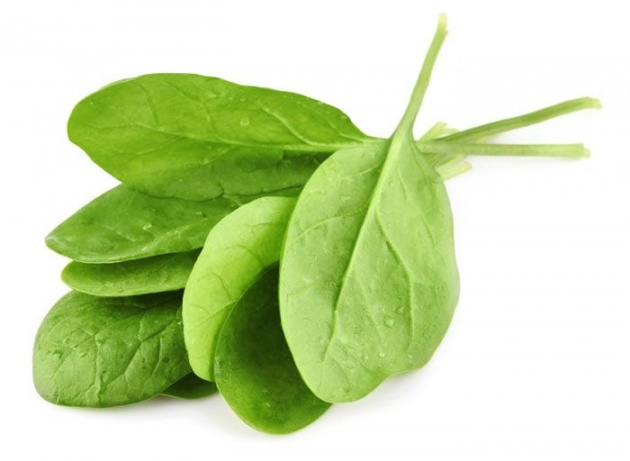The term surface is a mixture of surface active agents. Surfactants are usually organic compounds that are amphiphilic, as they contain both hydrophobic groups (their tails) and hydrophilic groups (their heads). It contains water insoluble (and oil soluble component) and a water soluble component. Surfactant molecules will drift to the water surface, where the insoluble hydrophobic group may extend out of the bulk water phase, either into the air or, if water is mixed with oil, into the oil phase, while the water soluble head group remains in the water phase. This alignment and aggregation of surfactant molecules at the surface, acts to modify the surface properties of water at the water/air or water/oil interface. Surfactant are soluble amphiphiles that are surface acting and capable of reducing surface tension or free energy of the reaction medium (Goto et al., 1997)
Surfactants lower the surface tension of a liquid, allowing easier spreading, and lowering of the interfacial tension between two liquids, or between a liquid and a solid. Surfactants may play a role of detergents, wetting agents, emulsifiers, foaming agents, and dispersants. A micelle the lipophilic tails of the surfactant molecules remain on the inside of the micelle due to unfavorable interactions. The polar "heads" of the micelle, due to favorable interactions with water, form a hydrophilic outer layer that in effect protects the hydrophobic core of the micelle. Micelle making compounds are typically amphiphilic in nature, not only soluble in protic solvents such as water but also in aprotic solvents as a reverse micelle. Surfactants are used in agriculture plants for the control of aphids. They are sprayed on plants invery little amounts mixed with water to avoid aphids feeding green leaves or stems. They are also used in foliar plants nutrients spray with the aim to facilitate the absorbance of nutrients by plant parts and also their equal destitution.
Spinach (Spinaciaoleracea) belongs to the family of Amaranthaceous and native to central and southwestern Asia. Normally it is an annual plant (rarely biennial). Height of the plant is up to 30 cm. it may survive over winter in temperate areas. The leaves are very variable in size from about 2–30 cm long and 1–15 cm broad. The flowers are unobtrusive, yellow-green, 3–4 mm diameter, maturing into a small, hard, dry, lumpy fruit cluster 5–10 mm across containing seeds. Spinach is very liked by south Asia people and hence it is cooked and served in the house and hotels. It is a great source of iron and vitamins and is considered a concipant vegetable. Being a short duration crop, it can give 3-4 crops and thus fetches a good value in term of money for the farmers. Zinc is a very important micronutrient, necessary for growth and development of many crops. It is also necessary for human nutrients as its deficiency in human body creates serious problems, especially in children and women. In plants it activates many enzymatic reactions within their various parts. It promotes auxin formation which helps in apical shoot formation and as a result the plants grow efficiently. Therefore keeping in view in the importance of the surfactant, the present study was initiated to determine the effect of different surfactants on the efficiency of zinc in increasing Spinach yield and also to check the effect of surfactants on the uptake of the nutrients by spinach crop.
Sulphonic, the anionic surfactant, had a significant effect on hydraulic properties of both soils. Applications of Sulphonic caused decreases in the capillary rise and penetrability, and an increase in the solid–liquid contact angle, shape factor and sorptivity.(Abu-Zreig et al., 2003)




